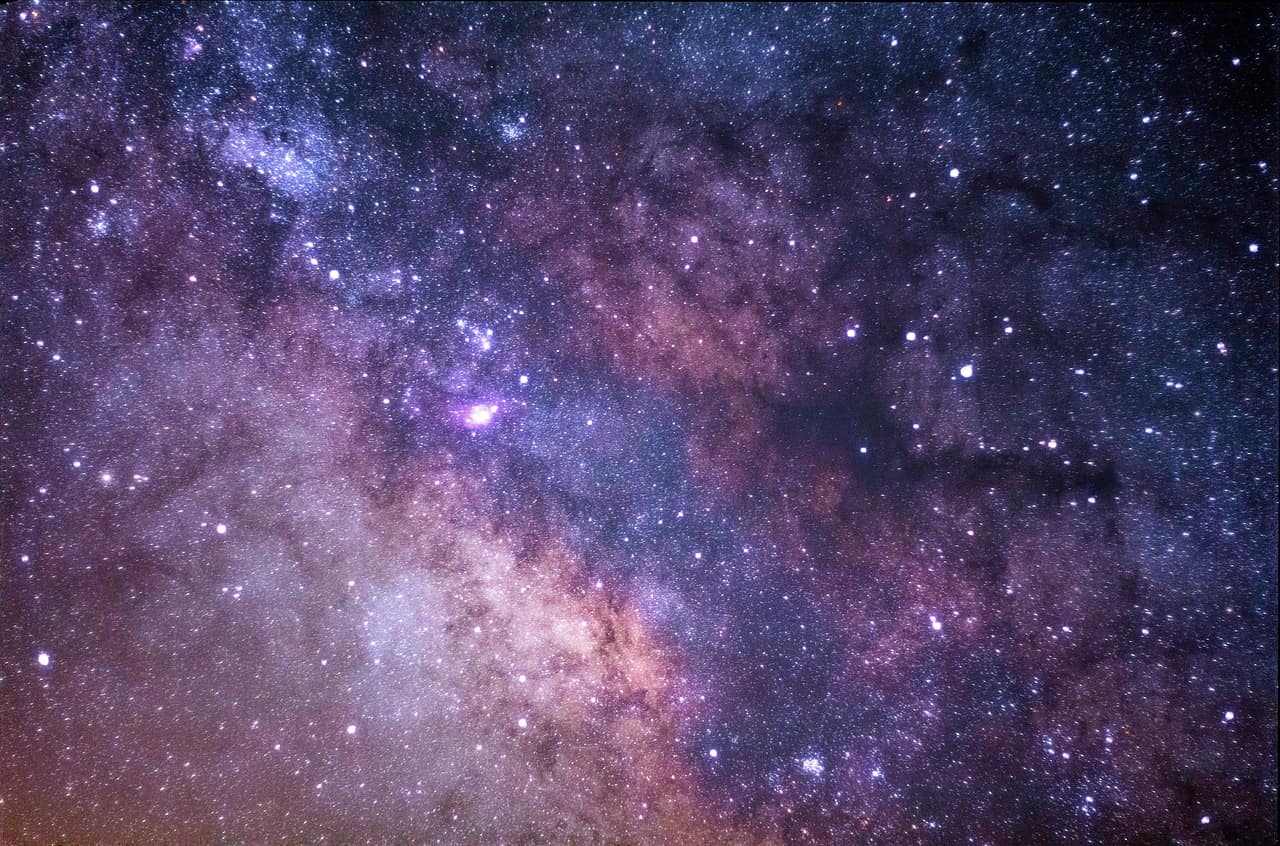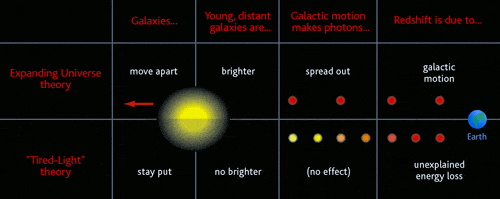
The current consensus is that the universe has been continuously expanding starting from a Big Bang occurring 13.7 billion years ago. But a groundbreaking new study suggests that our universe could be twice as old, challenging the dominant cosmological model while also reconciling the enigmatic “impossible early galaxy problem.”
Could this new perspective unravel some of the mysteries surrounding the formation and evolution of our cosmos?
Poking holes in the established cosmological model
For years, scientists have been intrigued by the existence of ancient stars, such as Methuselah, that seem to predate the calculated age of our universe. Furthermore, the recent discovery of early galaxies in an advanced state of evolution by the James Webb Space Telescope has posed a perplexing puzzle.
These galaxies, appearing a mere 300 million years after the Big Bang, exhibit levels of maturity and mass typically associated with billions of years of cosmic evolution. Curiously, they also exhibit unexpectedly small sizes, adding another layer of mystery to the equation.
According to Rajendra Gupta, an adjunct professor of physics at the University of Ottawa, these puzzling observations can be explained by the fact that our universe is actually much older than thought.
Gupta’s study introduces a novel model that extends the formation time of galaxies by several billion years, accounting for the apparent discrepancy between the observed age of certain stars and the estimated age of the universe.
Tired light and cosmic evolution

This model incorporates Fritz Zwicky’s tired light theory, which suggests that the redshift observed in light from distant galaxies is a result of gradual energy loss over vast cosmic distances. According to Zwicky, light simply gets “tired” as it travels vast distances across the cosmos. This is in stark contrast to the currently established theory that says the observed redshift of distant celestial objects, such as galaxies, is primarily due to their motion away from us — a consequence of the universe expanding in all directions.
However, the Swiss astronomer’s tired light theory faced significant controversy within the scientific community. One major challenge was that tired light would not only cause a redshift but also a significant decrease in the intensity or brightness of the light. Critics argued that if light lost energy over cosmic distances, the observed brightness of distant objects would be much lower than what was actually observed.
Additionally, Zwicky’s theory, which was first proposed in the mid-20th century, conflicted with the discovery of the cosmic microwave background radiation. This radiation is uniform across the sky and represents the residual energy from the Big Bang, providing strong evidence for the expanding universe theory.
Although Zwicky’s theory initially conflicted with observations, Gupta proposes a fresh perspective. By allowing the tired light theory to coexist with the expanding universe, the redshift phenomenon can be reinterpreted as a hybrid phenomenon, combining both expansion and energy loss, Gupta says. This new interpretation offers a plausible explanation for the early galaxy observations.
The Evolving Constants of the Universe
In addition to the tired light theory, Gupta introduces the concept of evolving “coupling constants” proposed by physicist Paul Dirac. Coupling constants are fundamental physical constants that govern particle interactions, and Dirac suggested that they may have varied over time.
By allowing for the evolution of these constants, Gupta’s model extends the timeframe for the formation of early galaxies observed by the James Webb telescope. Instead of a few hundred million years, this revised framework allows for several billion years of cosmic evolution, offering a more satisfactory explanation for the observed advanced development and mass of these ancient galaxies.
Gupta’s model also challenges the traditional interpretation of the “cosmological constant,” which represents dark energy driving the universe’s accelerating expansion. Instead, he proposes a modified constant that accounts for the evolution of coupling constants.
This adjustment in the cosmological model may help to address the perplexing puzzle of small galaxy sizes observed in the early universe, leading to more accurate observations and a deeper understanding of cosmic evolution.
While Gupta’s model is a radical departure from the prevailing cosmological framework, it presents a compelling case that warrants further investigation.
By marrying the expanding universe theory with Zwicky’s tired light hypothesis and incorporating evolving coupling constants, Gupta offers an intriguing solution to the mysteries surrounding early galaxies and the age of our universe.
The findings appeared in the Monthly Notices of the Royal Astronomical Society.


